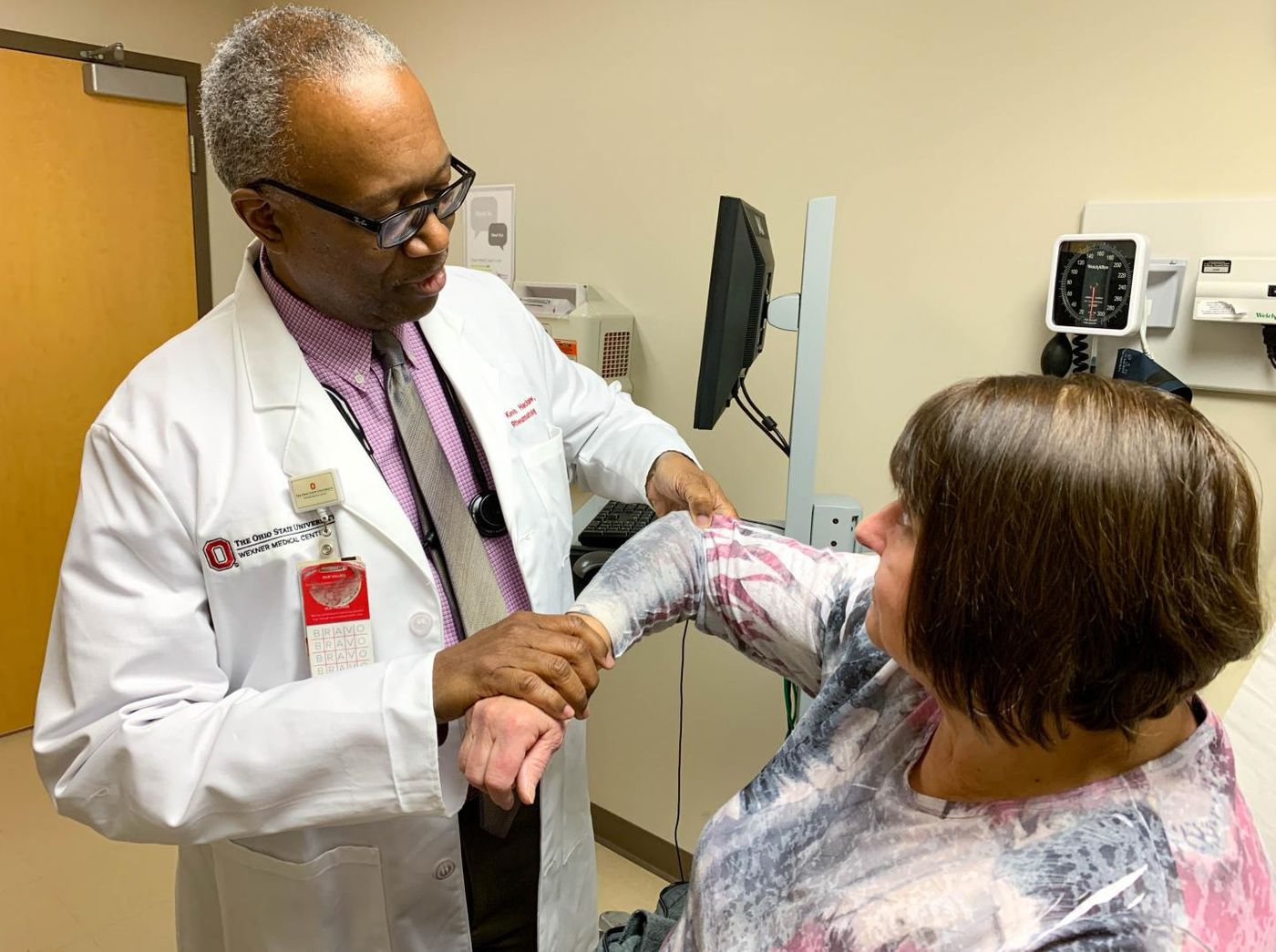Researchers Find a Way to Diagnose Fibromyalgia
People that suffer from fibromyalgia have had a tough road. The Centers for Disease Control and Prevention has estimated that about four million adults - two percent of the US population - have fibromyalgia. The disorder is thought to be the most common cause of widespread, chronic pain. Some studies have suggested that as many as three of four patients are not diagnosed accurately; those that are might spend several years waiting before they are. For a while, doctors weren’t convinced that the disorder actually existed; some patients were told that their discomfort and pain was in their head.
Fibromyalgia was eventually established as a diagnosis. But many of the symptoms, like bodywide pain and stiffness, anxiety, sleep problems, and fatigue are seen in other diseases that have to be ruled out before it can be treated. Those treatments have also been elusive. Now scientists at Ohio State University hope to change that. They have found biomarkers that can identify the disease. That means patients may be able to get a faster diagnosis and better care. The findings have been reported in the Journal of Biological Chemistry and are outlined in the video.
These biomarkers are a type of "metabolic fingerprint" that could help create of targeted treatments for patients, said lead researcher Kevin Hackshaw. This metabolic fingerprint can also help scientists develop accurate and rapid diagnostic tools. "We found clear, reproducible metabolic patterns in the blood of dozens of patients with fibromyalgia. This brings us much closer to a blood test than we have ever been," explained Hackshaw, who is an associate professor in Ohio State's College of Medicine and a rheumatologist at the university's Wexner Medical Center.
This work can help improve patient care and can also silence critics who have been reluctant to accept the existence of the disorder. "Most physicians nowadays don't question whether fibromyalgia is real, but there are still skeptics out there," Hackshaw noted.
People that suffer from the disease but remain undiagnosed may also be prescribed opioids, which could carry more risk than benefit for them. "When you look at chronic pain clinics, about 40 percent of patients on opioids meet the diagnostic criteria for fibromyalgia. Fibromyalgia often gets worse, and certainly doesn't get better, with opioids,” said Hackshaw.
In this work, the researchers assessed 50 people who had been diagnosed with fibromyalgia, 29 with rheumatoid arthritis and 23 with lupus. The researchers used a tool called vibrational spectroscopy to measure the molecular energy level in the blood samples The tool is outlined in the video below). They began with samples with a known diagnosis, and moved on to testing more samples blindly. They were able to use the molecular signature of each sample to assign a diagnosis, and did so correctly for all the remaining samples. They also observed that this so-called metabolic fingerprint could potentially help show how severe a case of fibromyalgia is.
"These initial results are remarkable. If we can help speed diagnosis for these patients, their treatment will be better and they'll likely have better outlooks. There's nothing worse than being in a gray area where you don't know what disease you have," said study co-author Luis Rodriguez-Saona.
The researchers want to turn to a larger cohort to see if they can replicate these results. Hackshaw wants to create a test that will be useful in the clinic within five years.
This research could also help identify proteins or other molecules that are connected to the disease, said Rodriguez-Saona. "We can look back into some of these fingerprints and potentially identify some of the chemicals associated with the differences we are seeing," he added.
Sources: AAAS/Eurekalert! via Ohio State University, Journal of Biological Chemistry










